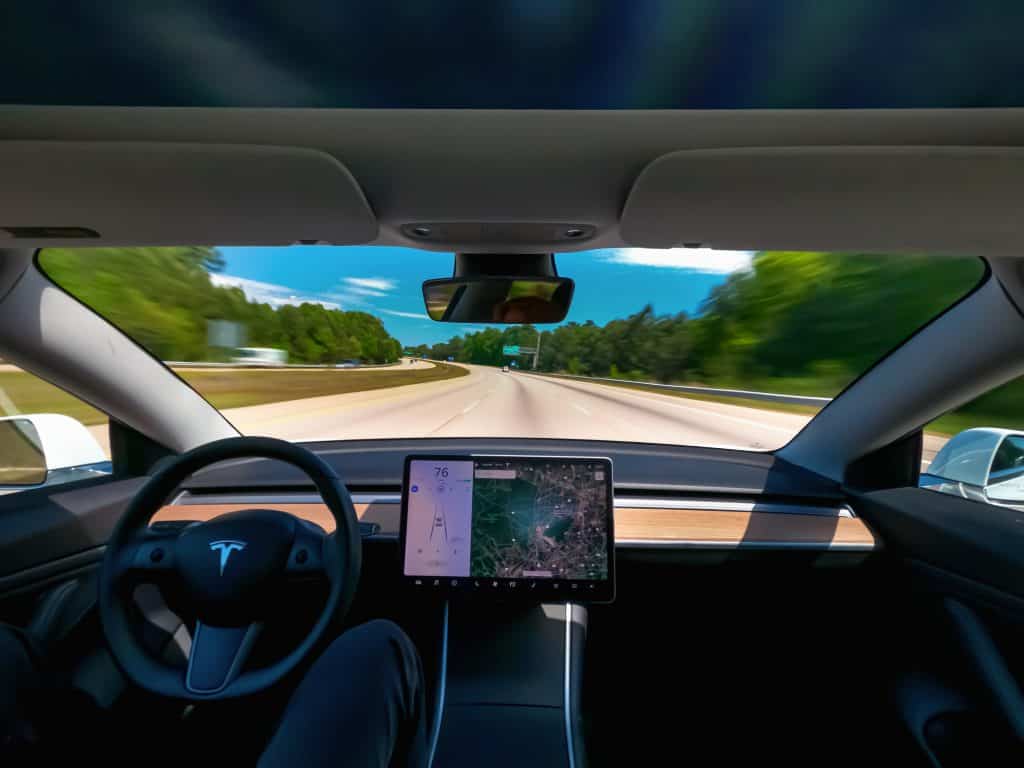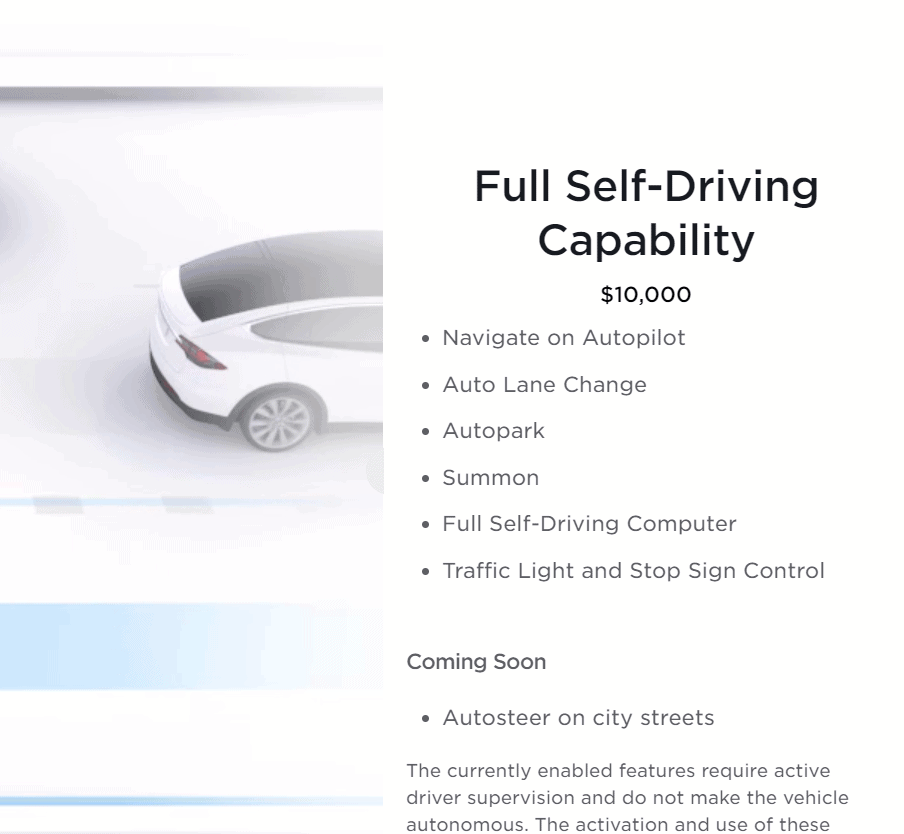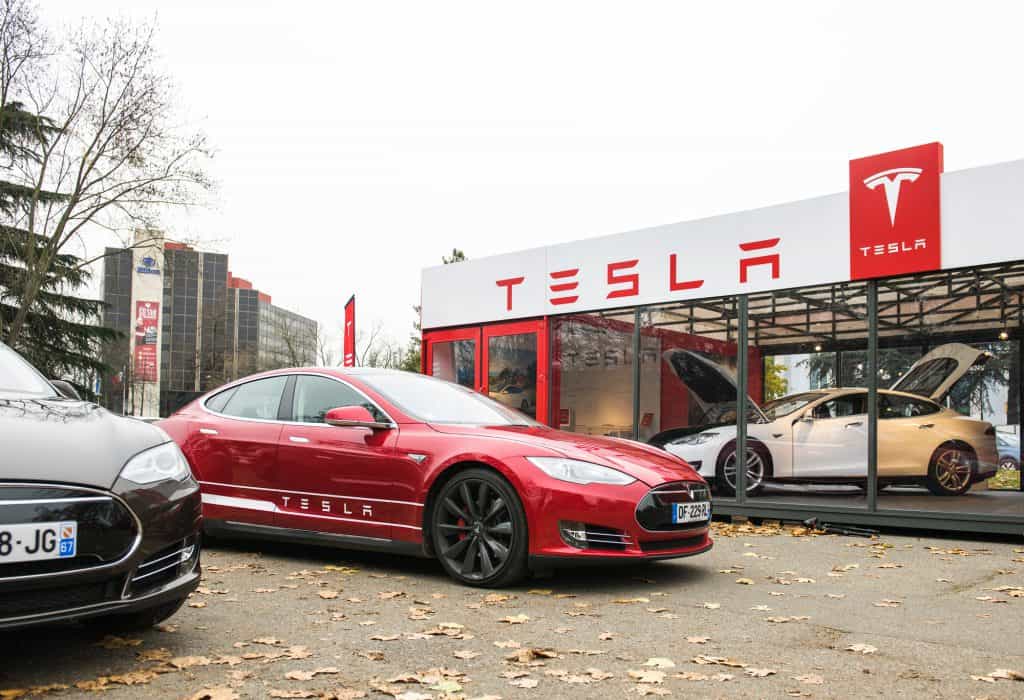Tesla’s entire unique digital design and model has long been said to be the wave of the future. The idea that the majority of repairs, bug fixes, deficiencies and more will be cured through software updates issued digitally rather than through mechanical recall is a really fascinating thing.
As brilliant as it all sounds and indeed is in practice, there are questions and concerns that people have regarding Tesla’s ability — indeed, its “power” — to remove features from cars at will at the push of a button (or two).
Could the day come when vindictive Tesla representatives can punish customers by barring them from using certain features on their car, lest they pay up for an upgrade or scheduled maintenance? What if someone in the Tesla headquarters were to get careless and accidentally revoke everyone’s Autopilot or Full Self-Driving (FSD) modes?
That last example may sound a bit outlandish, but is it really impossible? We know for a fact that Tesla have made it to some degree that they can indeed remove people’s access to FSD. So today’s blog will focus on the central question of whether or not Tesla employees have the ability to remove FSD from a Tesla vehicle.
Background: The Power to Remove Has Been Used Already

In March of 2021, it was reported that Tesla had removed a number of drivers from the FSD beta testing scheme because they weren’t paying attention to the road while using it.
Despite the name, Tesla’s Full Self-Driving Mode is still only categorised as SAE level 2 (Partial Driving Automation). This means that when using, the driver has to remain fully alert, behind the wheel and ready to take over control of the car at less than a moment’s notice.
Before the candidates in the beta testing program were removed, Elon Musk had announced that the FSD beta program was to be doubled in size, with a possible follow-up to increase the size of the test ten fold.
The testing started back in 2020 where a group of drivers was selected for the FSD Beta release “Early Access” program and the results have been keenly observed. Many are viewing this new update in the FSD program as a huge step forward in the company’s long-held promise to make truly self-driving cars in the coming decade or so.
The main upgrades to the system include improved performance on the highways, as well as finally enabling Tesla drivers to use FSD and its assistance systems on city streets and when going through intersections.
These have long been the hurdles that they were unable to overcome, especially intersections which rely on a very “human” kind of etiquette and understanding to work safely.
So the beta testing now includes about 2,000 owners, the same as it was lifted to back in March 2021, even though 150,000 cars are part of the FSD beta enrollment program. Musk announcing that people had their FSD revoked for not paying attention raised a few eyebrows from some, getting them thinking about what it could mean for the future.
Implications of this Removal

If they establish the precedent that they revoked FSD from testers because they weren’t following the rules, it isn’t inconceivable that the company might make it part of any user agreement in the future that when using FSD you must abide entirely by the rules; otherwise you could be warned and/or have the capabilities removed from your vehicle. It would make owning FSD something of a privilege rather than a consumer right.
The other side of this is that FSD will be a feature that customers are paying for. With a subscription model, revoking or temporarily suspending a subscription might be feasible because those customers are paying as they go. You could allow a driver to complete their current month, suspend for 3 months and then allow them to resubscribe, or you could refund the difference.
The problem is that not all Tesla drivers buy FSD on the subscription model of $200 a month (or $99 if you had Enhanced Autopilot before), some paid $10,000 extra when they bought their Tesla, which gives them full access.
Can Tesla really just unilaterally remove paid-for items like that? In essence, it would give Tesla power and authority not dissimilar to the Police.
What About After Selling a Tesla? Will Tesla Remove FSD?

The picture when selling a Tesla is a lot less complicated than the somewhat hypothetical one that gets painted when we think about what it means that beta testers are being kicked out and whether or not Tesla could do that to other existing customers.
The main question here is if one is to sell their Tesla with Autopilot and FSD, would there be some kind of resetting as a new owner opens their Tesla account and starts driving that car?
What about if one has traded in a Tesla and someone buys the pre-owned model? Do all the features remain that were installed by the previous owner, including FSD?
Private Sale
In a private sale, owners have the least to worry about. The FSD feature in particular is attached to the car, and not to the driver’s particular Tesla account. Therefore, when a new owner logs in via their own Tesla account, those features will still be there.
If it was bought for the $10,000 price, then the new owner takes over and doesn’t have to do anything. If the car had FSD via a subscription, then the new owner simply needs to register their own subscription to continue using those features. Nothing is removed by Tesla.
Trade-In at Tesla Dealership
A Tesla that has been traded in does get reconditioned, which means that its existing features and settings are deleted and the car is essentially given a factory reset. What can happen is that the Tesla dealership might decide that the local market is generally strong for FSD and some other features, and so may decide to offer it as an included feature in order to make it a more attractive and convenient sale for a new owner.
Buying a Tesla from a Third-Party Dealership
The final circumstance worth looking at is those who purchase a Tesla from a third-party dealership, i.e. not an official Tesla showroom. What we know is that it is technically possible for a dealership to sell you a Tesla that has Full Self-Driving mode, it’s only that way because Tesla has yet to make a definitive decision and policy on the validity of these transfers. Therefore, they generally work by default, since Tesla offers no objection.
Monroney Stickers (Window Stickers)
Usually, the best way to be sure that you’re getting the right features on your car is to check the Monroney sticker that is legally required to be produced alongside every car model. If you’ve never seen one before, a Monroney sticker gives a full accounting of the car’s model, powertrain, drivetrain, purchased features, color and more.
A Monroney sticker for a Tesla Model S, for example, would indicate whether or not that Model S was originally sold with FSD.
The idea behind these stickers is to help protect consumers by allowing them to compare the real features of the car they’re looking at with the specification presented on the sticker.
Some believe, therefore, that a good way to ensure you get FSD in your dealership Tesla is to ensure it’s on the Moroney sticker because the law says that manufacturers and others can’t remove these features when they’re written on the windows sticker. One problem with this idea is that not everyone agrees FSD falls within this category.
Ask Questions
The best thing to do at a dealership is to ask yourself and the dealership some questions. If you get positive responses, then you can go ahead free of fear:
- Has this dealership sold Teslas with FSD in them before?
- Were any of the FSD package transfers unsuccessful?
- What steps were taken to prevent failure or to ensure success?
- Does the customer have some recourse if Tesla does suddenly remove FSD from the system after purchase?
Conclusion: Nothing to Fear (Yet)
So, it would appear that while Tesla may have demonstrated the capacity to remove features from existing Tesla models, they have only done so under quite unique and understandable circumstances. For now, the idea that they would remove the feature from a regular car, or from a car that was privately traded between 2 individuals is simply unthinkable.
Of course, keeping things like FSD in a Tesla you have just bought will require you to pay the subscription fee. In that sense, the only time you should fear losing FSD is when you stop paying for it, not unlike your phone, electricity, gas or Internet services.
The question is whether or not these circumstances will continue into the future. The likelihood seems to be so, just so long as Tesla still has to compete and maintain a good customer service reputation.